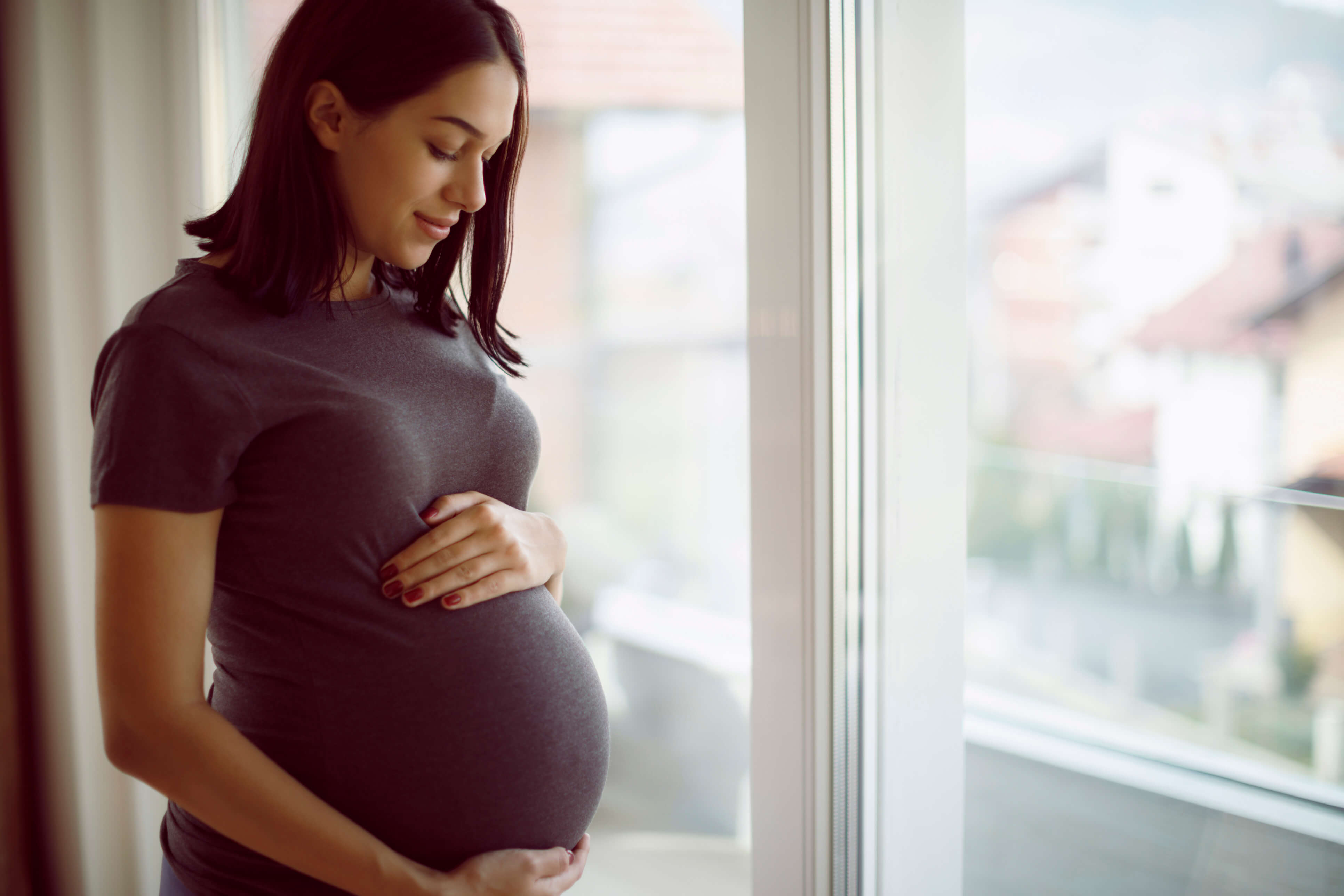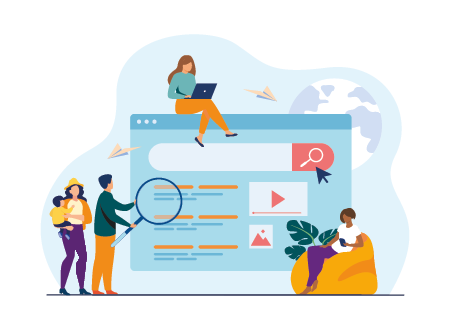Maternity protection
Maternity protection at the place of work, study and training
In order to protect the health of the (expectant) mother and her child, employers must take special consideration during pregnancy and after childbirth. The aim of maternity protection is to provide special care for pregnant working women in the workplace and to protect mothers from disadvantages in their working life.
Maternity protection is regulated in the Maternity Protection Act.

Why does maternity protection exist?
Work should not become a risk or a burden during this special time. The legal regulations help to avoid disadvantages, dangers and damage to the health of (expectant) mothers and children. The law also protects against job loss and loss of income during and after pregnancy.
Among other things, the Maternity Protection Act regulates:
To whom does the Maternity Protection Act apply?
The provisions of the Maternity Protection Act apply to:
Maternity protection for female civil servants, judges and soldiers is regulated in separate legislation
When does maternity leave begin and end?
Maternity protection begins as soon as you are pregnant. It applies until after the birth and breastfeeding period.
Our advice: To ensure that your employer can implement the necessary protective measures immediately, you should report your pregnancy as early as possible. However, it is of course up to you to decide the most appropriate time to inform your boss.
What does health protection in the workplace mean?
Work that is physically demanding or hazardous to your health is not suitable for you as a pregnant woman. Special restrictions apply here. Maternity protection aims to make it easier for you as an expectant mother to reconcile your activities with the special requirements of pregnancy.
Your employer must determine the type, extent and duration of potential hazards for each activity. Regardless of whether an employee is currently pregnant or not, hazards to which a pregnant or breastfeeding woman or her (unborn) child may be exposed must also be taken into account. This is known as a general risk assessment.
As soon as your employer finds out that you are pregnant or breastfeeding, they must take another close look. They must ensure that your health and the health of your (unborn) child are not put at risk. You may only continue to be employed once the individual protective measures have been determined and so-called irresponsible risks have been ruled out. This is the individual risk assessment.If irresponsible hazards are identified as part of the risk assessment, your employer must take protective measures in a specified order of priority and ensure consistent compliance:
- Restructuring your workplace
- Change of workplace or transfer to another and reasonable workplace
- Occupational employment ban
Which regulations are part of maternity health protection?
- Your employer must release you from work for check-ups during pregnancy and for certain examinations after the birth, unless an appointment outside of working hours is possible.
- Dangerous work, night shifts, piecework and assembly line work are taboo for you.
- You have some legal rights to have a say in the working hours. As a pregnant or breastfeeding woman, you are only permitted to work on Sundays and public holidays and until 10 p.m. if you expressly agree to this. Working after 10 p.m. is generally prohibited. Your maximum working hours may not exceed 8.5 hours per day and may not exceed 90 hours per double week.
- After finishing work, you must be granted an uninterrupted rest period of at least 11 hours.
- The employer must ensure that you can interrupt your work briefly at any time during your pregnancy if necessary. Rest facilities must be provided for breaks and interruptions to work.
- If you are breastfeeding at work, you are entitled to statutory breastfeeding leave during the first 12 months. These breastfeeding periods must be at least half an hour twice a day or one hour once a day. However, the time limit does not apply to health protection. Your employer must therefore ensure that the nature of your work does not pose a health risk to you and your child, even if you are breastfeeding for longer than 12 months.
- You must be offered a discussion about the adjustments to your working conditions in advance.
What does protection against dismissal mean?
The employer is not permitted to terminate the employment relationship from the start of the pregnancy until 4 months after the birth. If you subsequently take parental leave, you cannot be dismissed during this time either. There are only exceptions in a few cases, for example if the company closes. In this case, your employer must submit an application to the responsible district government.
The protection against dismissal applies if the employer is aware of the pregnancy or is informed of it within 2 weeks of receiving the notice of dismissal.However, you yourself have the right to terminate your employment relationship at any time.
What does the employment ban mean during the maternity protection period?
During the statutory maternity protection period, you are generally prohibited from working.
- The maternity protection period begins 6 weeks before the expected date of delivery. You may not be employed during this period. There is an exception if you expressly declare your willingness to work. You can revoke this declaration at any time. The maternity protection period ends 8 weeks after delivery. In the event of a premature or multiple birth, maternity protection is extended to 12 weeks after the birth. This also applies if the newborn child is diagnosed with a disability before the end of 8 weeks and an extension of the protection period has been applied for.
- There are special regulations for situations such as miscarriage, stillbirth or termination of pregnancy. Read the information "Loss of a child in the event of miscarriage, premature birth or early death".
After the end of the maternity protection period, you can resume your previous employment or go straight into parental leave.
Information on financial benefits during maternity protection periods can be found here.



